The Lady with an Ermine is a 54 by 40 centimeter oil painting produced by the Tuscan artist Leonardo da Vinci around 1490. It depicts the noblewoman Cecilia Gallerani, who was mistress to Ludovico Sforza, the Duke of Milan. Da Vinci’s talent was not limited to painting. The Milanese court also employed him as an engineer starting in 1482. Cecilia was a beautiful and elegant woman who possessed a strong character. Although she was a favorite of Ludovico, she was sent away from the court after the duke married Beatrice d’Este. Cecilia went on to marry Count Bergamino of Cremona. She moved to a luxurious palace frequented by artists and intellectuals including Leonardo, Bramante and the storyteller Matteo Bandello. Critics consider the painting of Cecilia the first modern portrait in the history of art. Leonardo managed to capture a moment in time of the young woman’s life, just as if he’d captured her image with a camera. Cecilia’s culture and refinement show in her clothing, which features the Catalan style from Spain. She is wearing a berne, a rich cloak that Isabella d’Este first introduced to the court. Cecilia’s bold choice of dress is accented by the cold, almost aristocratic stare of the little predator she holds in her lap. The inclusion of the ermine, or weasel, in the painting implies a subtle play on words. The Greek word for the animal is galé, the sound of which recalls Cecilia’s family name, Gallerani. The ermine was also chosen because Medieval books on animals associated virtues like balance and poise with them.
Polish prince Adam Czartoryski bought the “Lady with an Ermine” at the end of the 17th Century, donating it to his mother Isabella’s private museum in the castle of Pulawy. It was probably there that the painting acquired the inscription “La belle Ferronière – Leonard d’Awinci.” [For graphics: show inscription] The prince apparently thought that he had purchased a different painting by Leonardo, “La Belle Ferronière,” which is currently on display in the Louvre in France. “The Lady with an Ermine” went to Paris around 1840 and then returned to Krakow in 1876. Recent photographic, radiological and chemical tests have revealed the uniform structure of the painting’s brushstrokes, all the product of da Vinci’s left-handed strokes. But it also became clear someone else altered and repainted the background black in the 19th Century. Today, the “Lady with an Ermine” can be seen on display in the Czartoryski Museum in Krakow.
Polish prince Adam Czartoryski bought the “Lady with an Ermine” at the end of the 17th Century, donating it to his mother Isabella’s private museum in the castle of Pulawy. It was probably there that the painting acquired the inscription “La belle Ferronière – Leonard d’Awinci.” [For graphics: show inscription] The prince apparently thought that he had purchased a different painting by Leonardo, “La Belle Ferronière,” which is currently on display in the Louvre in France. “The Lady with an Ermine” went to Paris around 1840 and then returned to Krakow in 1876. Recent photographic, radiological and chemical tests have revealed the uniform structure of the painting’s brushstrokes, all the product of da Vinci’s left-handed strokes. But it also became clear someone else altered and repainted the background black in the 19th Century. Today, the “Lady with an Ermine” can be seen on display in the Czartoryski Museum in Krakow.
RELATED
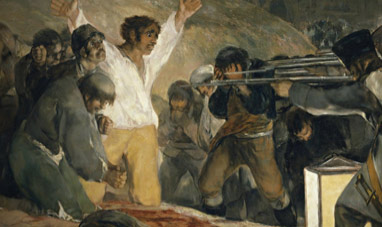

THE THIRD OF MAY 1808: THE EXECUTION OF THE DEFENDERS...
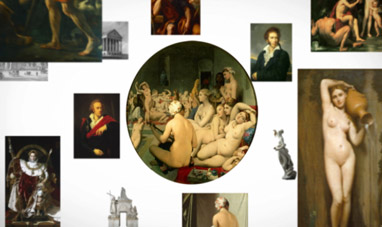

NEOCLASSICISM
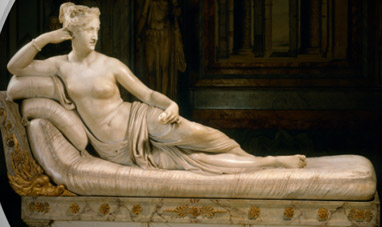

PAULINE BORGHESE


SOLOMON R. GUGGENHEIM MUSEUM


YOUNG BOY WITH A BASKET FRUIT


SURREALISM
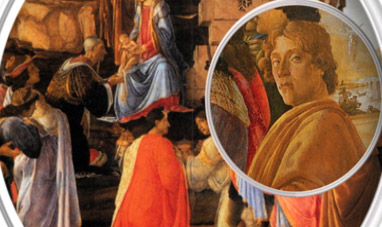

THE ADORATION OF THE MAGI
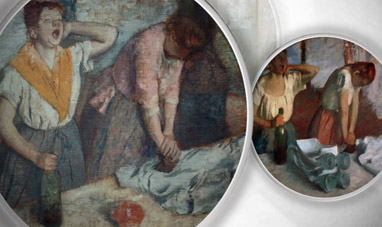

WOMEN IRONING
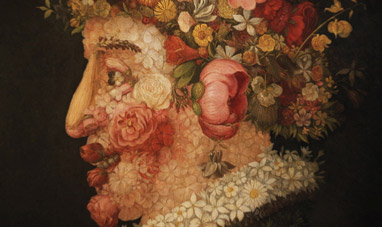

MANNERISM


ST. PETER'S BALDACHIN
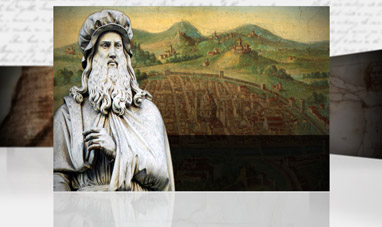

LEONARDO DA VINCI
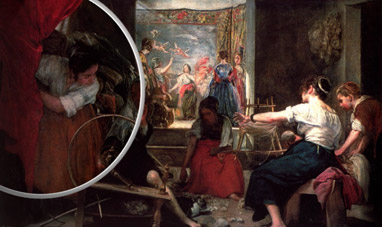

LAS HILANDERAS
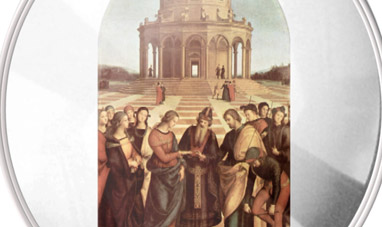

THE MARRIAGE OF THE VIRGIN


INNOCENT X
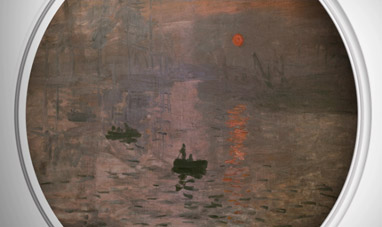

IMPRESSION, SUNRISE
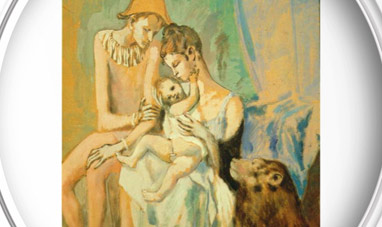

FAMILY OF ACROBATS, WITH MONKEY
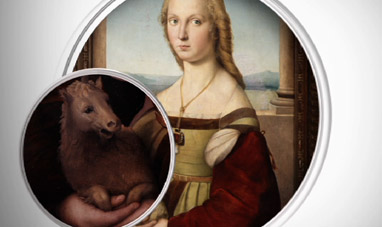

YOUNG WOMAN WITH UNICORN
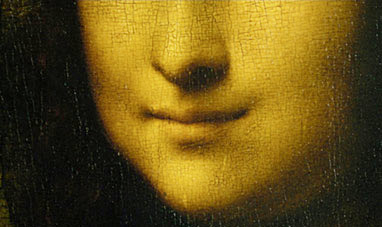

THE MONA LISA


LOVE SONG
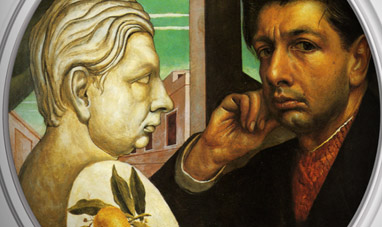

SELF PORTRAIT (GIORGIO DE CHIRICO)
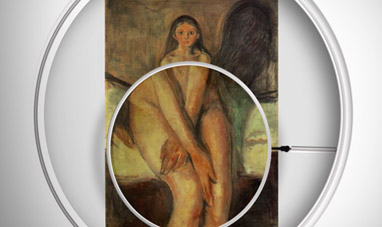

PUBERTY
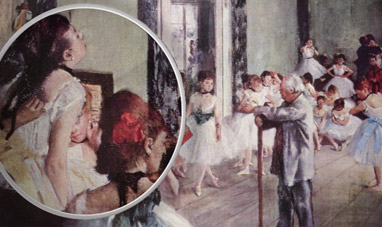

THE DANCE CLASS


THE CRUCIFIX OF SANTA MARIA NOVELLA
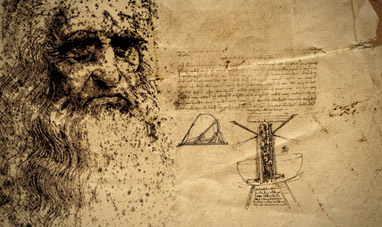

LEONARDO DA VINCI
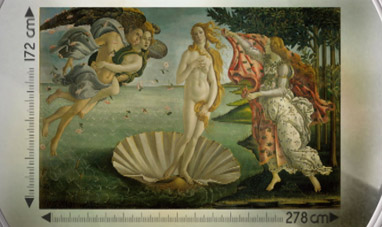

THE BIRTH OF VENUS
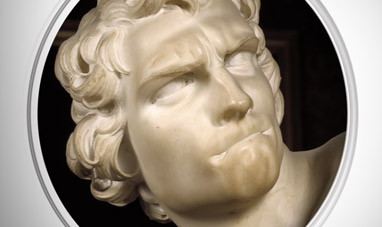

DAVID (BERNINI)


LAS MENINAS
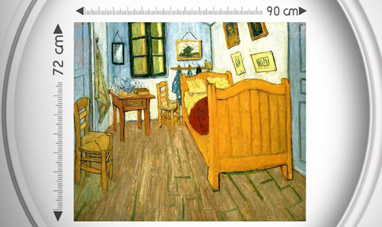

THE BEDROOM


IMPRESSIONISM


THE ECSTASY OF SAINT TERESA


SATURN DEVOURING HIS SON
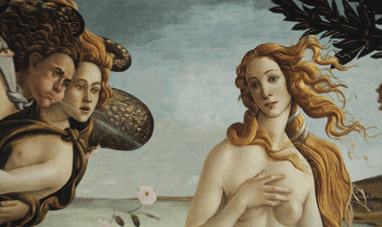

THE RENAISSANCE
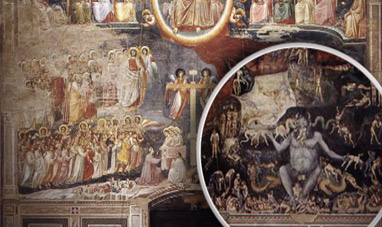

SCROVEGNI CHAPEL
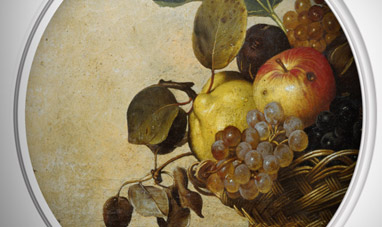

BASKET OF FRUIT


STARRY NIGHT
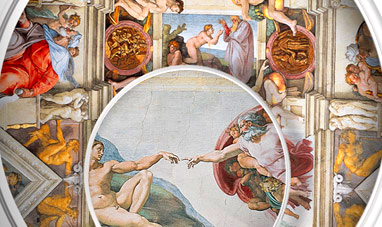

THE SISTINE CHAPEL
